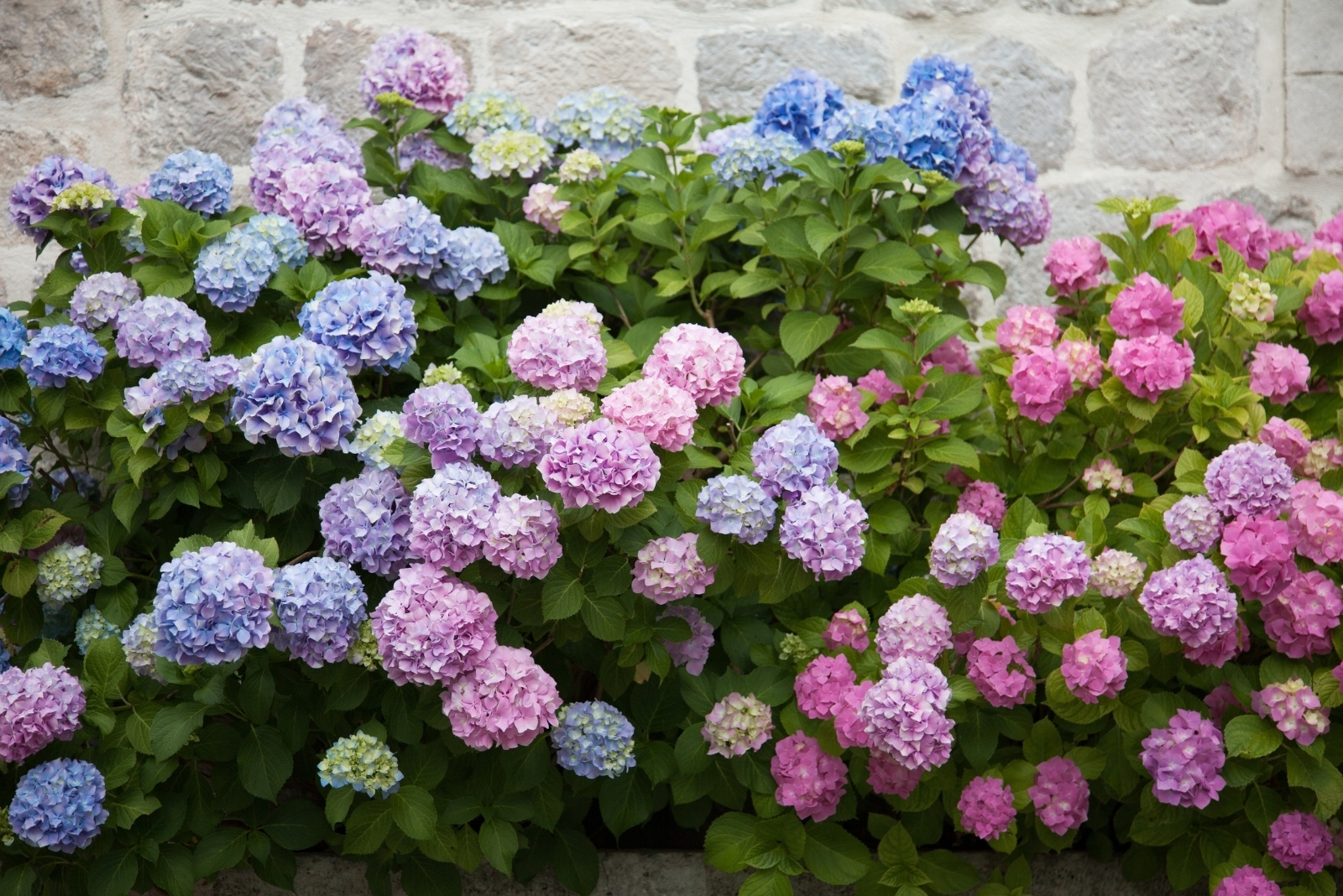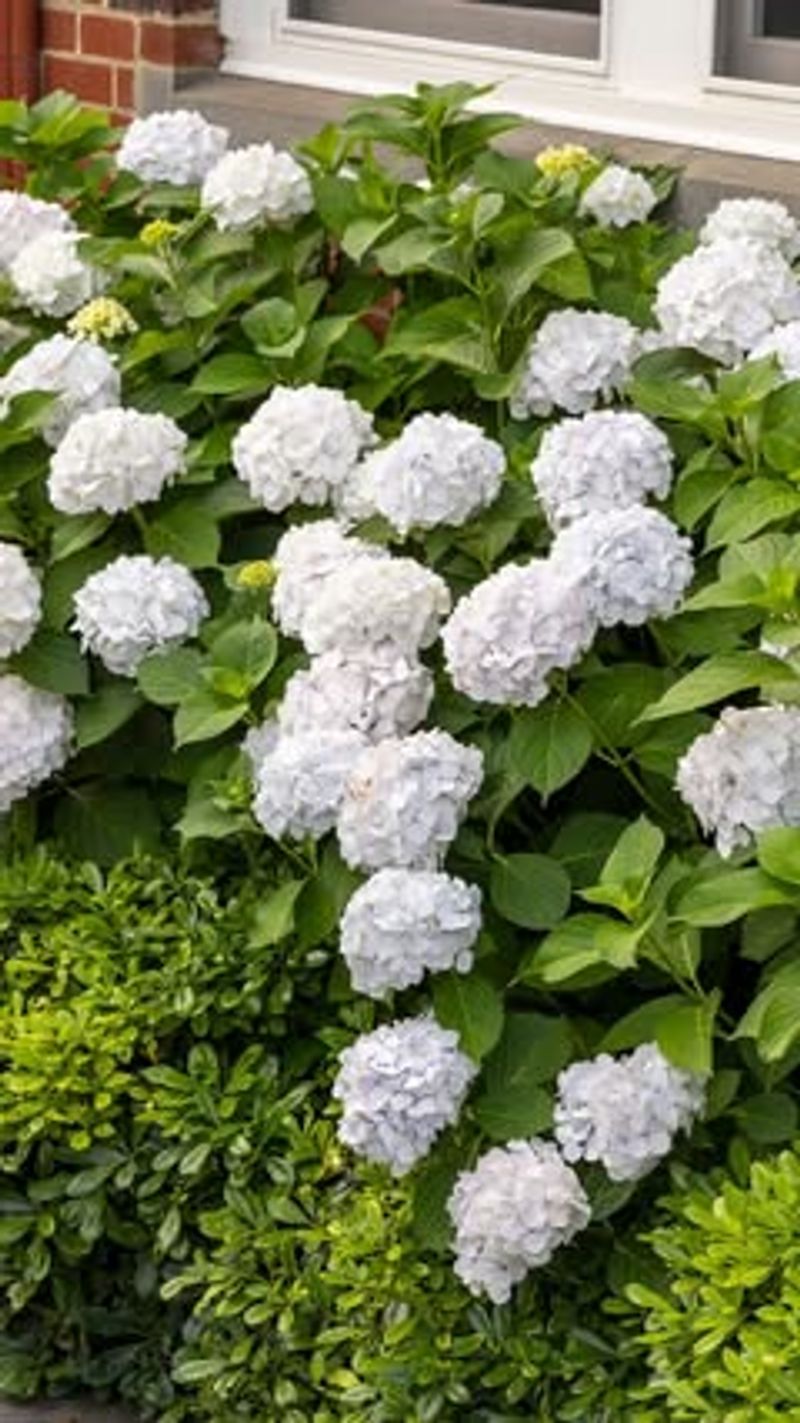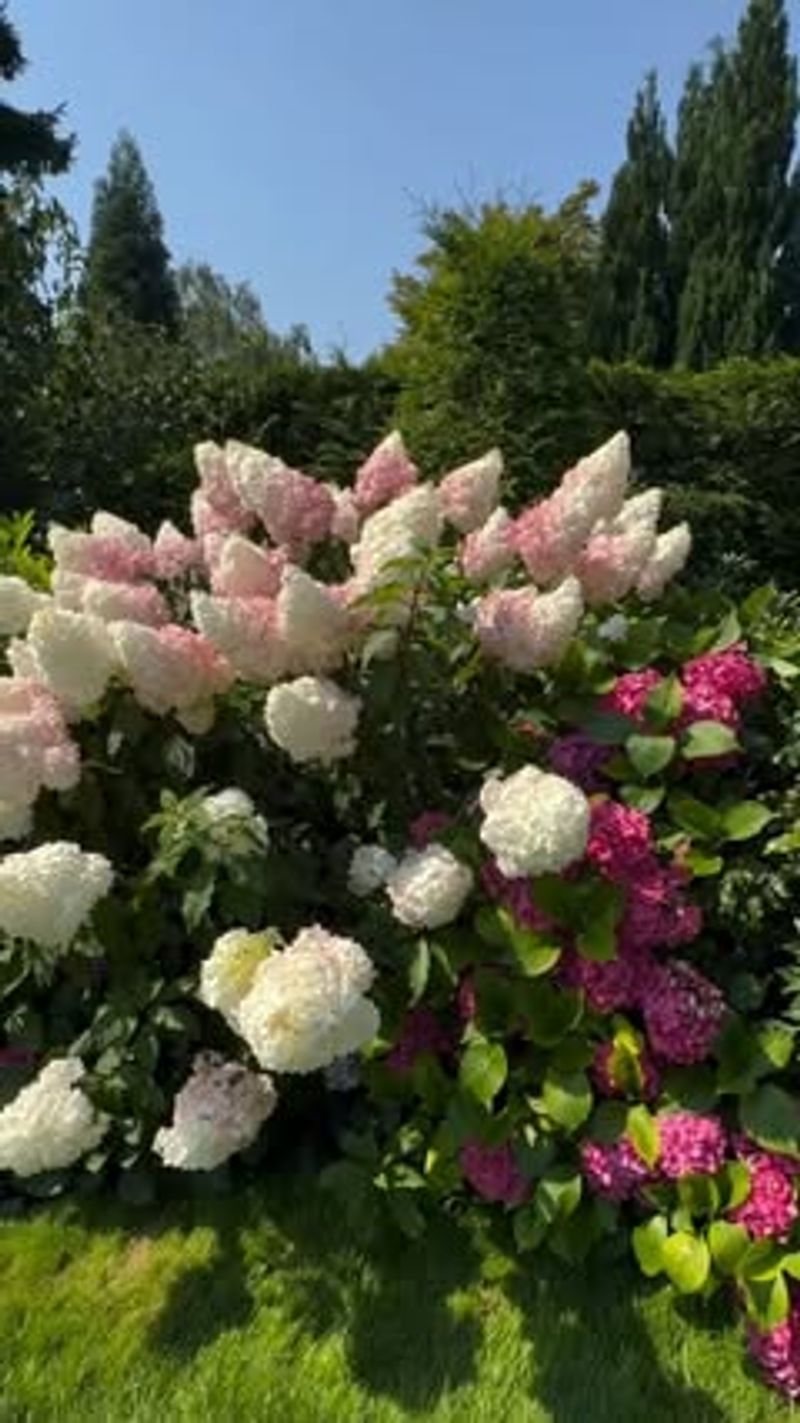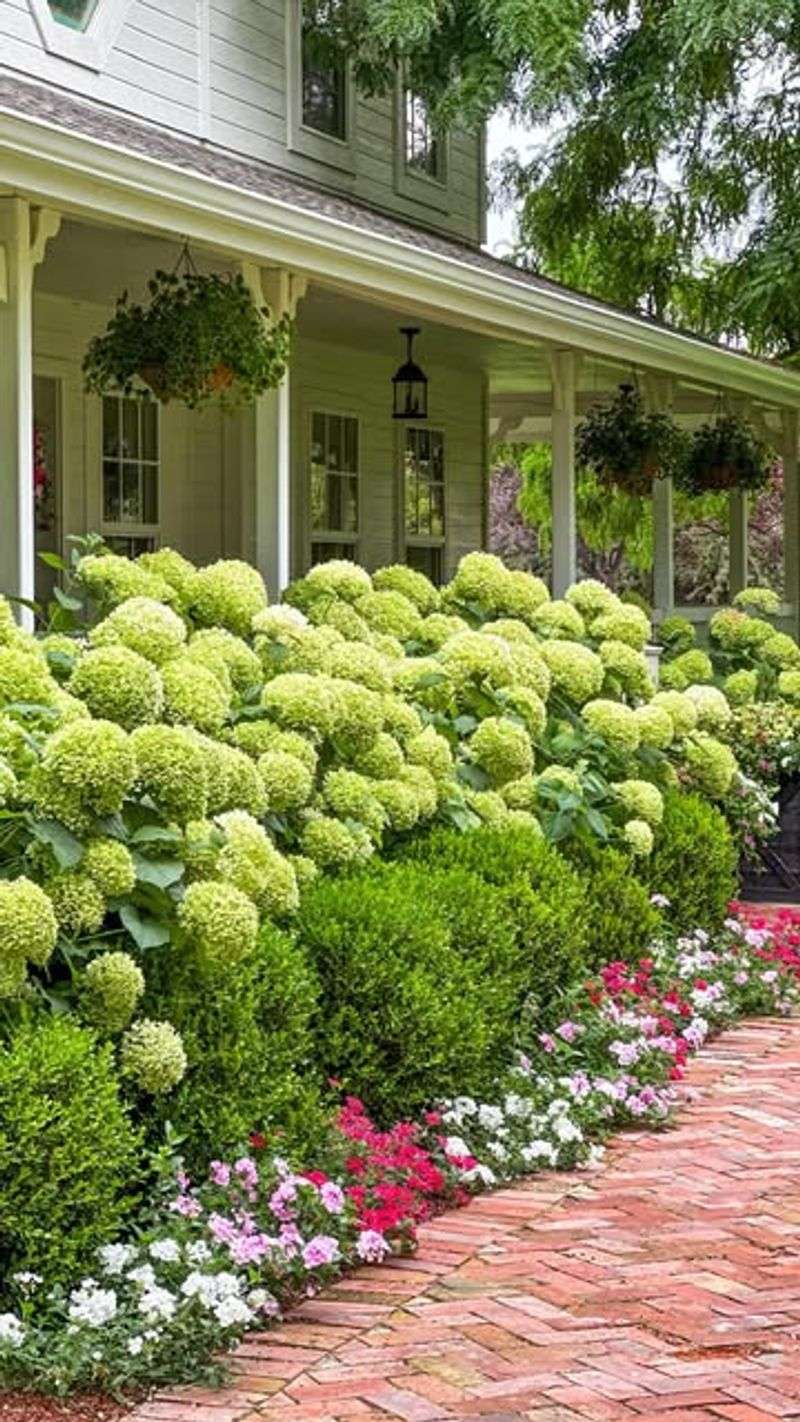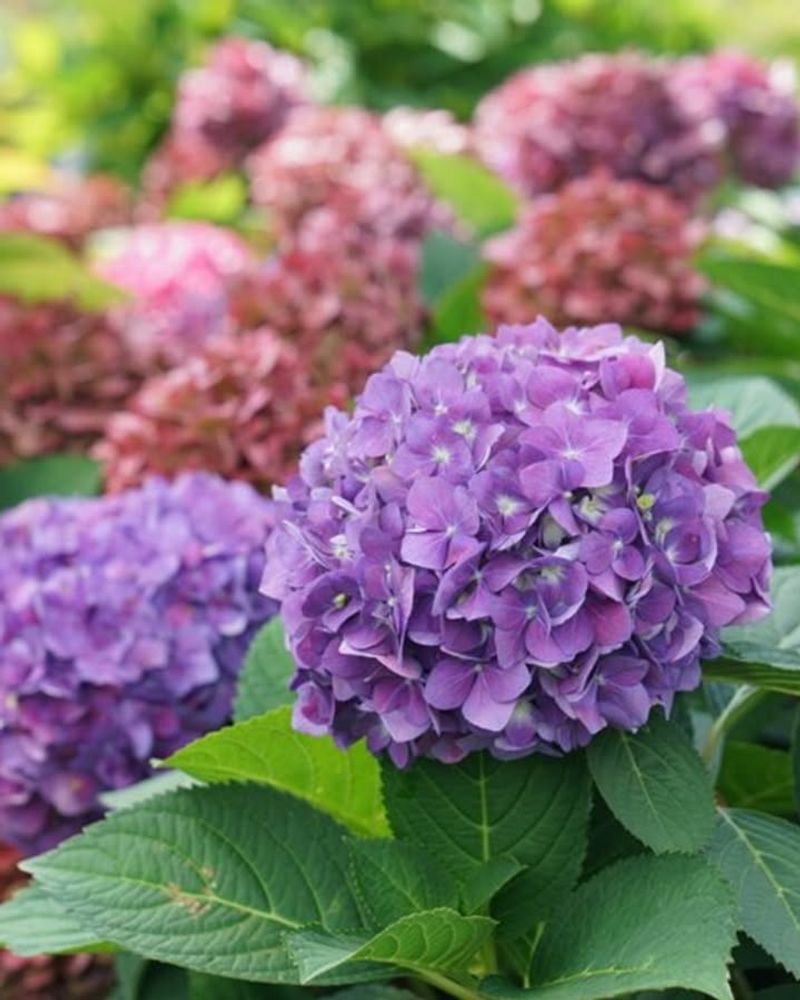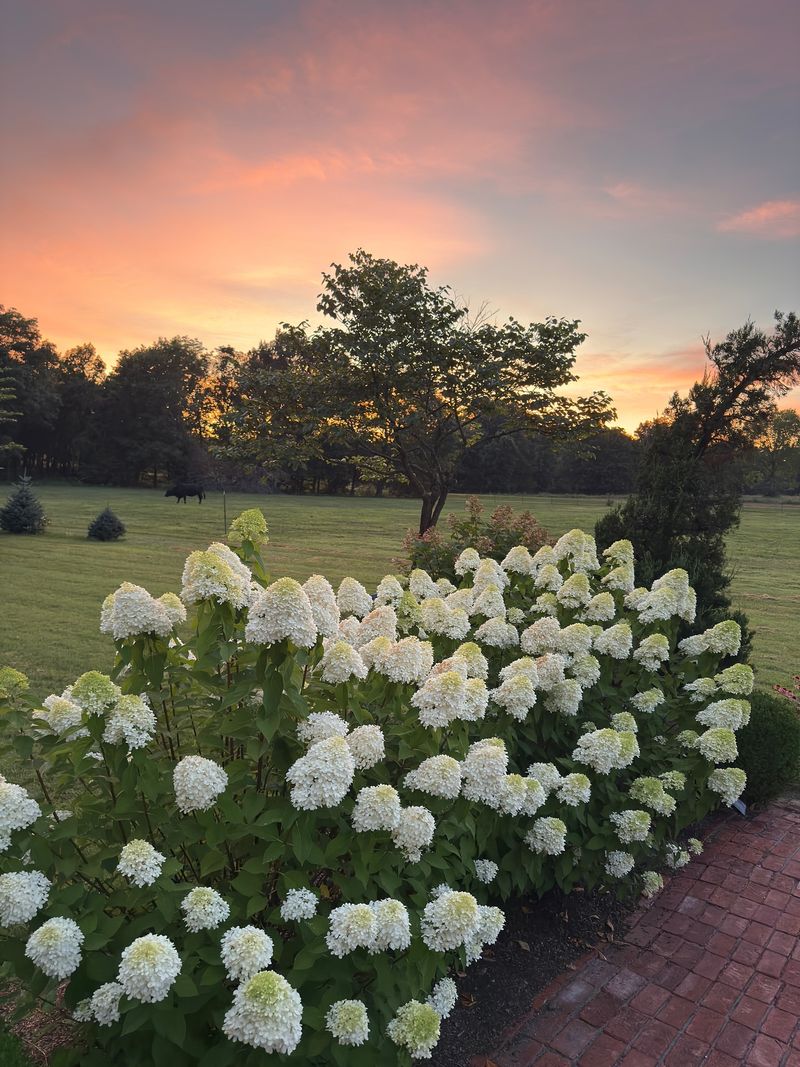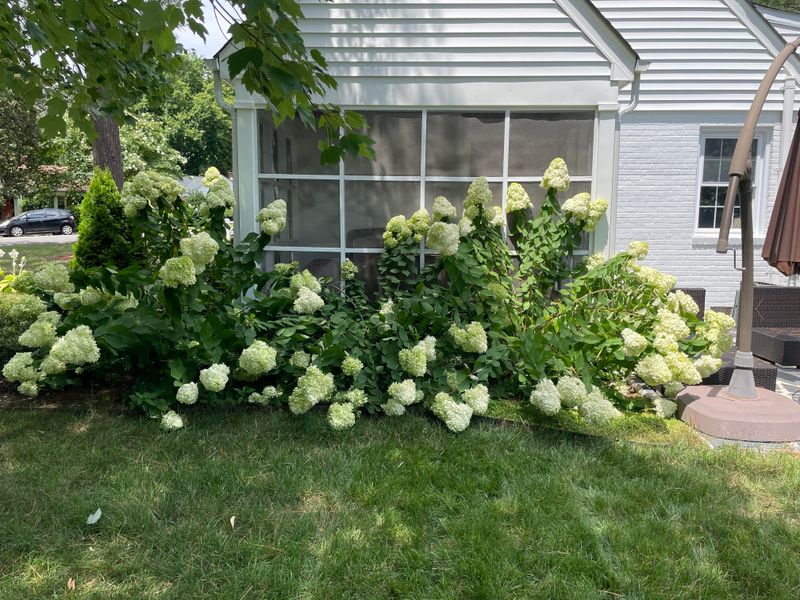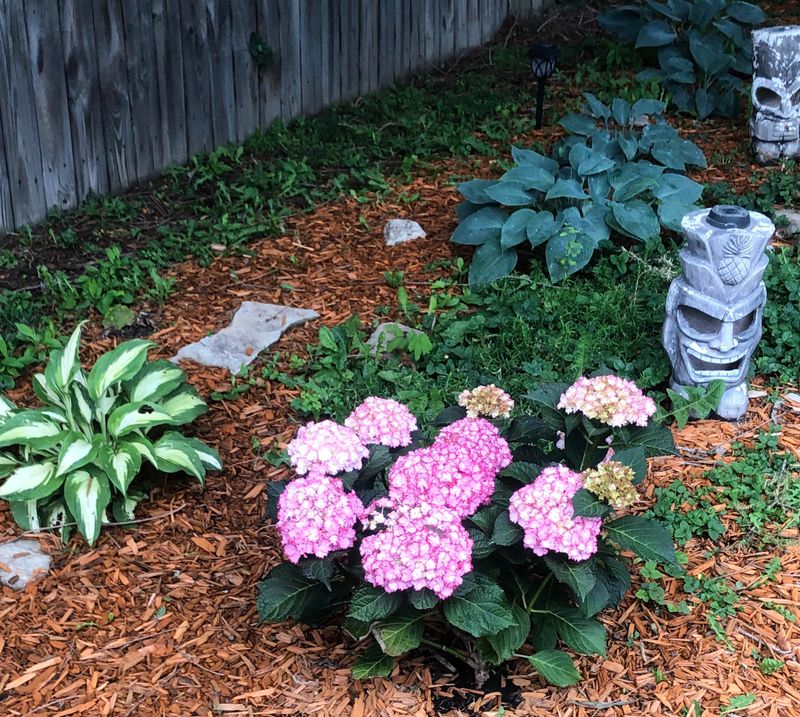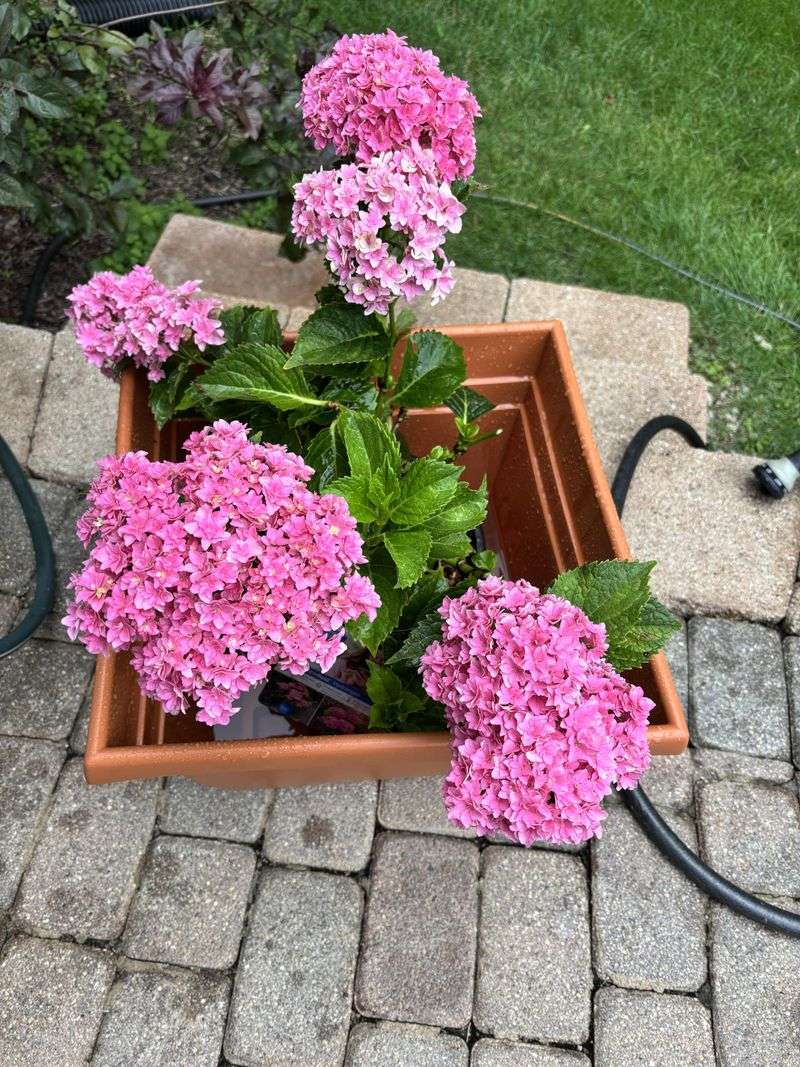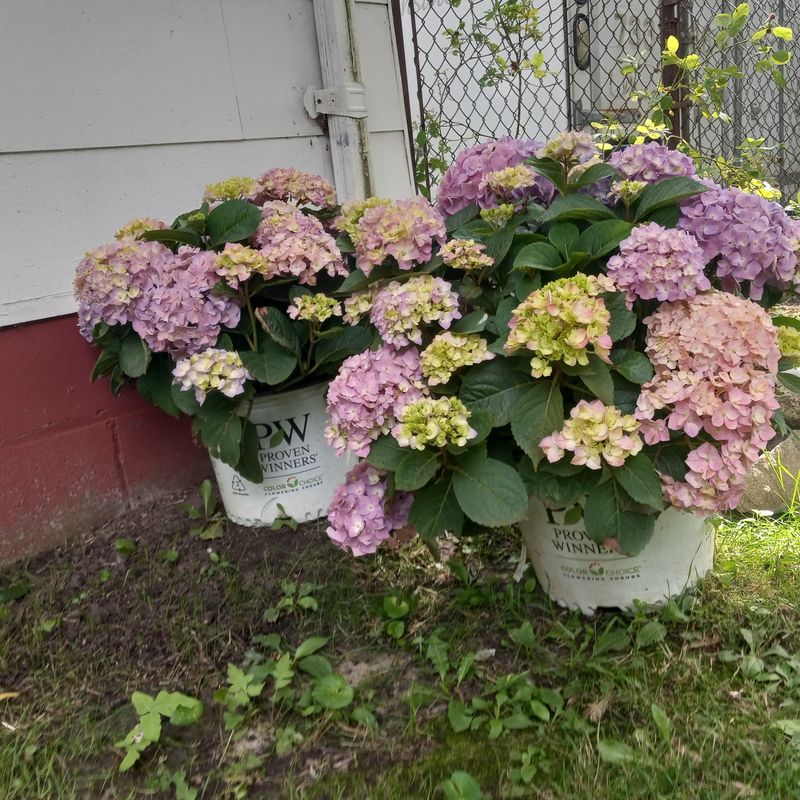Hydrangeas are a showstopper in Ohio gardens, but spacing them correctly makes all the difference. Too close, and they compete; too far, and your garden feels empty.
Finding the perfect distance ensures beautiful blooms and healthy plants. Here are nine tips to get hydrangea spacing just right in Ohio.
1. Know Your Hydrangea Variety’s Mature Size
Different hydrangea types grow to wildly different sizes, so understanding what you planted matters tremendously. Panicle hydrangeas can tower at eight feet tall, while dwarf varieties stay compact at just three feet.
Ohio gardeners should check plant tags carefully before digging holes. Mature size determines how much space each shrub needs to flourish without crowding neighbors or blocking pathways in your beds.
2. Account for Air Circulation Between Plants
Good airflow prevents fungal diseases that love Ohio’s humid summer weather. Cramped hydrangeas trap moisture between leaves, creating perfect conditions for powdery mildew and leaf spot.
Space your shrubs at least three to five feet apart, depending on variety. Air moving freely through branches keeps foliage dry and healthy throughout the growing season, reducing your need for fungicides.
3. Consider Sunlight Requirements for Spacing
Hydrangeas need morning sun and afternoon shade in Ohio, especially during scorching July and August days. Placing them too close together creates excessive shade that reduces blooming.
Allow enough distance so each plant receives adequate light exposure. Crowded hydrangeas compete for sunlight, causing leggy growth and fewer flowers. Strategic spacing ensures every shrub gets its fair share of rays.
4. Plan for Root System Expansion
Underground growth matters just as much as what you see above ground. Hydrangea roots spread outward as wide as the branches, searching for water and nutrients in Ohio soil.
Planting too close forces root systems to compete aggressively, weakening all plants involved. Give each hydrangea enough underground real estate to develop strong, extensive roots that support abundant blooms and weather extremes.
5. Create Proper Hedge Spacing for Privacy
Building a hydrangea hedge in Ohio requires closer spacing than standalone plantings. Position shrubs about half their mature width apart to create a continuous screen.
For example, if your variety reaches six feet wide, plant them three feet apart. This overlap allows branches to intertwine naturally while maintaining individual plant health. Patience pays off as your hedge fills in beautifully.
6. Leave Room for Maintenance Access
You’ll need to prune, mulch, and inspect your hydrangeas regularly throughout the Ohio growing season. Tight spacing makes these tasks frustratingly difficult or downright impossible.
Smart gardeners leave walkable paths between plants or adequate space from fences and walls. Being able to reach all sides of each shrub means better care, healthier plants, and more enjoyment from your efforts.
7. Factor in Companion Plant Needs
Hostas, ferns, and other shade-lovers make wonderful companions for hydrangeas in Ohio gardens. However, every plant needs its personal space to thrive without competition.
Balance your desire for a lush, layered look with practical spacing requirements. Companion plants should complement your hydrangeas without stealing water, nutrients, or light. Thoughtful arrangement creates harmony rather than botanical warfare in your beds.
8. Adjust Spacing Based on Soil Quality
Rich, fertile Ohio soil supports vigorous growth, meaning plants reach maximum size quickly. Poor soil produces smaller, slower-growing hydrangeas that need less room.
Evaluate your garden’s soil condition before finalizing plant positions. Amending with compost improves growth potential, so space accordingly. Understanding your soil helps predict mature plant size and prevents future overcrowding problems in your landscape.
9. Use Mulch Rings to Mark Proper Distance
Visual guides help Ohio gardeners maintain correct spacing as young plants establish themselves. Create mulch circles around each hydrangea at their expected mature width.
This simple technique shows exactly how much space each shrub will eventually occupy. Mulch also conserves moisture, suppresses weeds, and regulates soil temperature. Your future self will thank you for this forward-thinking approach to garden planning.

